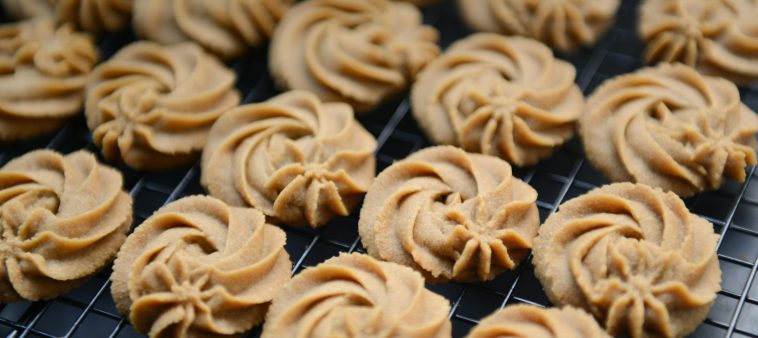Cannabutter is simply butter that’s been infused with cannabis, and it’s one of the most popular methods for making edibles. The reason butter works so well is that it’s rich in fat—perfect for binding with THC, the psychoactive compound in cannabis. Plus, butter is versatile and adds a delicious, creamy texture to your favorite recipes, making it an ideal base for everything from baked goods to savory dishes.
The Basics of Cannabis Infusion
Infusing butter with cannabis may sound complicated, but the process is quite straightforward and doesn’t require any fancy equipment. In just a few hours, you can transform regular butter into a potent ingredient that brings a unique twist to your cooking. If you’re new to making edibles, here’s a quick rundown:
- Decarboxylation:
Before you begin, you need to “decarboxylate” your cannabis. This heating process converts THCA (the non-psychoactive form found in raw cannabis) into THC, which is what gives you the classic cannabis effects. Simply spread your cannabis on a baking sheet, cover it with parchment paper, and heat it in the oven at a low temperature for about 30-40 minutes. - Infusing the Butter:
Once your cannabis is decarboxylated, you can start the infusion. Melt your butter slowly over low heat (adding a bit of water can help prevent scorching) and mix in the ground cannabis. Keep the mixture at a gentle simmer—usually between 160°F and 200°F—for 2 to 3 hours. Remember, it’s crucial not to let it boil, or you risk damaging the cannabinoids. - Straining and Cooling:
After simmering, strain the mixture through a mesh strainer or cheesecloth to remove the plant material. Allow the butter to cool and solidify in the refrigerator. If water separates out, simply remove the solidified butter once it’s set.
Tips for Safe and Effective Use
When it comes to edibles, less is often more. Start with a small amount of cannabutter in your recipes, and wait 45-60 minutes after consuming to see how it affects you before having more. This “start low and go slow” approach helps you avoid unwanted intensity and allows you to gauge your tolerance.
The beauty of cannabutter is its flexibility:
- All-In: Use it as the sole butter in a recipe for maximum potency.
- Mixed: For a milder effect, blend cannabutter with regular butter.
- Versatile Ingredient: It’s perfect for making classics like brownies, cookies, and cakes, or even for drizzling over toast or mixing into sauces.
Adjusting Potency
The potency of your cannabutter depends on several factors: the quality of your cannabis, the duration and temperature of your infusion, and your cannabis-to-butter ratio. A common recommendation is a 1:1 ratio by volume, but you can adjust this according to your desired strength. If you prefer a subtler kick, try using less cannabis, or mix your infused butter with plain butter when cooking.
Keep in mind that homemade edibles can vary in strength, so dosing can be a bit of trial and error. Always experiment with small doses to find what works best for you.
Final Thoughts
Cannabutter is a cost-effective and relatively easy way to create cannabis-infused dishes at home. With a few simple steps—decarboxylation, slow infusion, and careful straining—you can prepare a versatile ingredient that enhances your culinary creations while delivering the desired cannabis effects.
Remember, the key to enjoying edibles safely is patience and moderation. Enjoy experimenting with your recipes and discovering the wide range of flavors and experiences that cannabutter can bring to your kitchen!
Happy cooking and responsible indulging!



